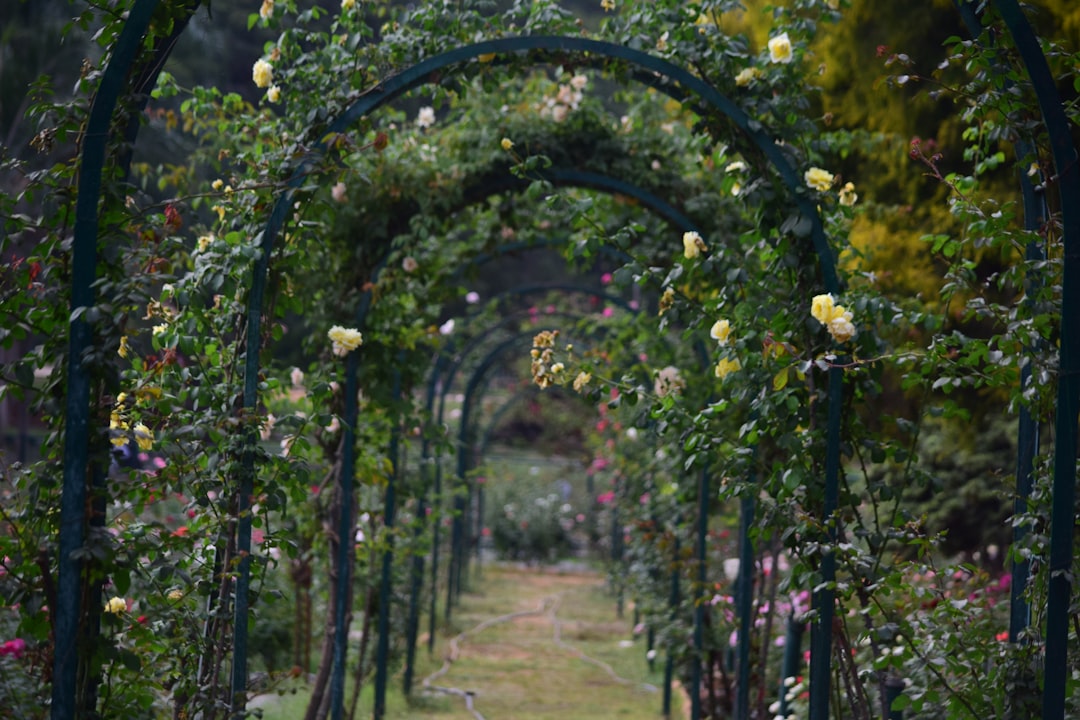Bringing Christmas Cheer Indoors with Colorful Houseplants

As the holiday season approaches, the desire to infuse our living spaces with the warmth and magic of Christmas becomes increasingly strong. One wonderful way to achieve this is by incorporating easy - to - care - for, colorful indoor Christmas plants. These plants not only add a touch of nature to our homes but also bring the festive spirit right to our living rooms, bedrooms, and kitchens.
One of the most iconic indoor Christmas plants is the Poinsettia. With its vibrant red, pink, or white bracts (often mistaken for petals), the Poinsettia is a symbol of the holiday season. These plants are native to Mexico and were introduced to the United States in the 1820s. To keep your Poinsettia looking its best, place it in a bright, indirect light. Avoid direct sunlight, as it can cause the bracts to fade. Water the plant when the soil feels dry to the touch, but be careful not to over - water. Over - watering can lead to root rot, which can quickly kill the plant. Poinsettias also prefer a relatively warm environment, so keep them away from cold drafts.
Another great option for indoor Christmas decoration is the Christmas Cactus. Unlike the desert cacti, the Christmas Cactus is a tropical plant that blooms during the holiday season. Its long, segmented stems and colorful flowers in shades of pink, red, white, and purple make it a beautiful addition to any home. Christmas Cacti thrive in bright, indirect light and prefer to be watered when the top inch of soil is dry. They also like a more humid environment, so you can mist the plant occasionally or place it on a tray filled with pebbles and water. This will help increase the humidity around the plant.
Mistletoe is another well - known Christmas plant. While it is often used as a symbol for a kiss under the holiday season, it can also be used as a decorative element in your home. Mistletoe is a parasitic plant that grows on trees in the wild. When using mistletoe indoors, it is usually sold in bunches. You can hang it from the ceiling or place it in a decorative bowl. However, it's important to note that mistletoe is toxic if ingested, so keep it out of reach of children and pets.
Amaryllis is a stunning indoor plant that can bring a touch of elegance to your Christmas decor. These plants produce large, showy flowers in colors such as red, pink, white, and orange. Amaryllis bulbs are easy to grow. Simply plant the bulb in a pot with well - draining soil, water it, and place it in a bright location. As the plant grows, you may need to stake it to support the heavy flower stalks. With proper care, an amaryllis can bloom for several weeks, adding a splash of color to your home during the holiday season.
For those who love the smell of the holidays, the Norfolk Island Pine is a great choice. This evergreen tree has a conical shape and soft, needle - like foliage. It can be decorated with small ornaments and lights, just like a traditional Christmas tree. Norfolk Island Pines prefer bright, indirect light and need to be watered regularly to keep the soil moist but not soggy. They also benefit from occasional fertilization during the growing season.
In conclusion, these indoor Christmas plants offer a variety of options for gifting or decorating your own home. Whether you choose the classic Poinsettia, the blooming Christmas Cactus, the symbolic Mistletoe, the elegant Amaryllis, or the fragrant Norfolk Island Pine, these plants will surely make your holiday season merry and bright. Gardening with these houseplants during the Christmas time is not only a way to beautify your living space but also a fun and rewarding activity that can bring the whole family together.